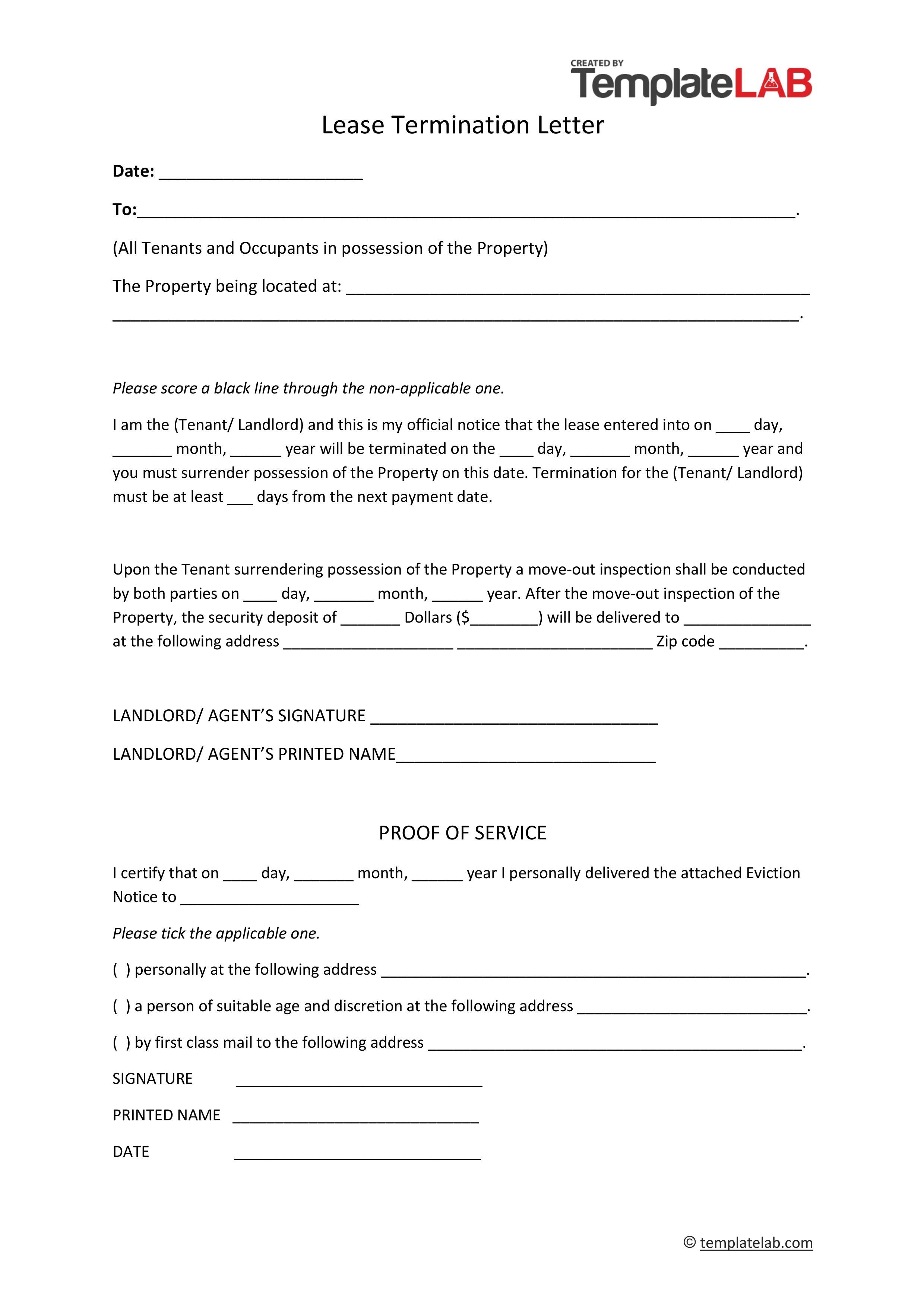
Ensuring a Seamless Exit: Lease Termination Requirements
Leaving a rental property involves more than simply packing up and moving out. Understanding and fulfilling lease termination requirements are essential for a smooth exit, ensuring a positive transition for both tenants and landlords.
Understanding Lease Terms: The Foundation for Termination
Lease termination requirements often begin with a thorough understanding of the initial lease agreement. Tenants should review the terms and conditions outlined in the lease, paying close attention to any stipulations regarding the termination process, notice periods, and potential penalties for early termination.
Notice Periods: Timing is Key
One of the critical lease termination requirements is adhering to notice periods. Tenants are typically required to provide advance notice to landlords before terminating a lease. This notice period may vary, so it’s crucial to understand the specific timeframe outlined in the lease agreement and provide notice accordingly.
Written Notice: Putting it in Writing
Lease termination requirements usually mandate that notices be provided in writing. This written documentation serves as proof of the tenant’s intention to terminate the lease. Composing a clear and concise letter or email, explicitly stating the desire to terminate the lease, is a crucial step in meeting this requirement.
Property Condition: Meeting Maintenance Standards
A fundamental aspect of lease termination is ensuring the rental property is returned in good condition. Tenants are often required to fulfill specific maintenance obligations, such as repairing damages beyond normal wear and tear, cleaning the premises thoroughly, and addressing any issues noted in the initial property inspection.
Final Walkthrough: Aligning Expectations
Some lease termination requirements involve a final walkthrough with the landlord. This walkthrough provides an opportunity to jointly assess the property’s condition, identify any remaining concerns, and address them collaboratively. Clear communication during this process helps align expectations and minimizes potential disputes.
Settling Outstanding Payments: Financial Responsibilities
Meeting lease termination requirements includes settling any outstanding financial obligations. This may involve paying any unpaid rent, utility bills, or other charges specified in the lease agreement. Ensuring that all financial matters are resolved contributes to a smooth and amicable termination process.
Return of Security Deposit: Closing the Financial Chapter
A significant lease termination requirement is the return of the security deposit. Landlords typically assess the property’s condition after the tenant moves out and, if there are no significant issues, return the security deposit. Tenants should provide accurate forwarding addresses to facilitate this process.
Legal Considerations: Navigating Rights and Obligations
Lease termination involves legal considerations for both landlords and tenants. Understanding rights and obligations under local tenancy laws is crucial. Seeking legal advice or consulting with a professional can provide clarity on the legal aspects, ensuring compliance and avoiding potential disputes.
Communication with the Landlord: Building Transparency
Effective communication with the landlord throughout the termination process is vital. Discussing intentions, addressing concerns, and keeping the landlord informed about the timeline can foster transparency. A positive and respectful line of communication contributes to a more collaborative and stress-free termination experience.
Exploring Lease Termination Requirements Further
To delve deeper into the intricacies of lease termination requirements and gain valuable insights, visit Lease termination requirements. This resource offers additional information to empower both tenants and landlords in navigating the termination process effectively and creating positive rental experiences.
